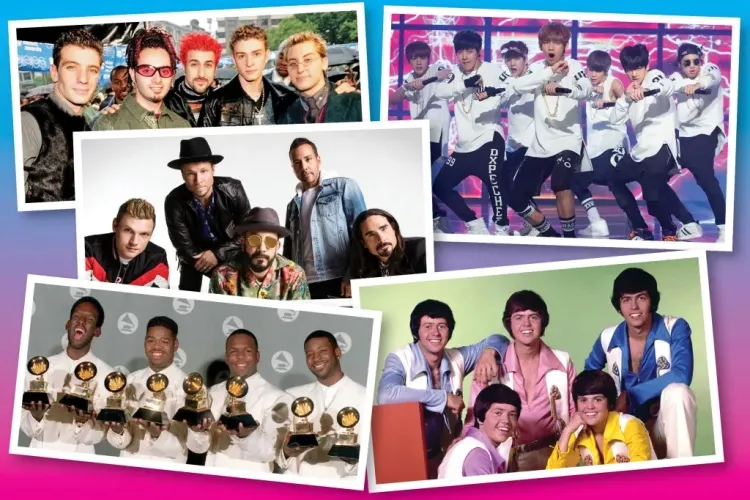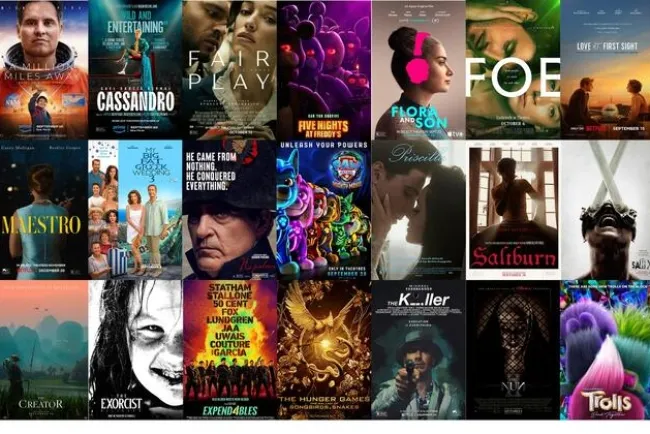Exploring the World of Bands: A Thorough Insight...!!!
Bands have been and continue to be a vital part of the musical landscape. Their ability to create, inspire, and influence transcends generations and genres.

Bands have had a significant impact on the music industry, influencing cultural trends, inspiring countless generations, and providing unforgettable soundtracks to our lives.
History of Bands
The concept of bands has been around for centuries, with ensembles and orchestras performing in various cultural and ceremonial contexts. The modern band as we know it began to emerge in the early 20th century. The jazz era of the 1920s and 1930s saw the rise of big bands, featuring large ensembles with brass, woodwind, and rhythm sections. Legends like Duke Ellington and Benny Goodman led these bands, paving the way for future musical groups.
The 1950s and 1960s marked a significant transformation with the advent of rock 'n' roll. Bands like The Beatles, The Rolling Stones, and The Beach Boys became global sensations, each bringing their unique sound and style. This era solidified the band format in popular music, inspiring countless musicians to form their own groups.
Types of Bands
Bands come in various forms, each with distinctive characteristics and musical genres:
-
Rock Bands: Typically consist of electric guitars, bass, drums, and vocals. Known for their energetic performances and powerful sound. Examples: Led Zeppelin, Nirvana, Foo Fighters.
-
Pop Bands: Focus on catchy melodies and mass appeal, often incorporating a mix of electronic and acoustic instruments. Examples: ABBA, One Direction, BTS.
-
Jazz Bands: Feature a combination of brass, woodwind, and rhythm instruments, emphasizing improvisation and complex harmonies. Examples: The Dave Brubeck Quartet, The Miles Davis Quintet.
-
Metal Bands: Known for their aggressive sound, heavy use of distortion, and dark themes. Examples: Metallica, Iron Maiden, Slipknot.
-
Indie Bands: Operate independently from major record labels, known for their unique sound and DIY ethos. Examples: Arctic Monkeys, Vampire Weekend, The Strokes.
-
Cover Bands: Perform songs by other artists rather than original material, popular for events and parties.

Formation and Dynamics
Forming a band typically begins with a shared passion for music and a desire to create something new. Members often come together through mutual friends, ads, social media, or music schools. Typical roles within a band include:
-
Lead Vocalist: The main singer who often serves as the face of the band.
-
Guitarist: Plays melodies, riffs, and solos.
-
Bassist: Provides the rhythmic foundation and harmony.
-
Drummer: Keeps the beat and adds dynamic elements.
-
Keyboardist: Adds layers of melody and harmony.
Band dynamics can be complex, involving creative collaboration and interpersonal relationships. Effective communication, mutual respect, and shared goals are crucial for a band's success. Conflicts can arise over creative differences, workload distribution, or personal issues, but overcoming these challenges can strengthen the group.
Impact of Bands
Bands have a profound impact on music and culture. They often become the voice of their generation, addressing social and political issues through their lyrics and public personas. Bands like U2, Rage Against the Machine, and The Clash have used their platforms to advocate for change and raise awareness about important causes.
The influence of bands extends beyond their music. They shape fashion trends, inspire visual art, and contribute to the evolution of music technology. The Beatles revolutionized studio recording techniques, while bands like Daft Punk have pushed the boundaries of electronic music.
Evolution and Modern Trends
The digital age has transformed how bands create, distribute, and promote their music. Social media, streaming platforms, and digital recording tools have democratized the music industry, allowing bands to reach global audiences without the backing of major labels. Independent bands can now produce high-quality recordings, release music directly to fans, and engage with their audience through online platforms.
Collaborations across genres have also become more common, leading to innovative fusions of styles and sounds. Bands are increasingly experimenting with visual elements, incorporating multimedia performances and immersive experiences into their live shows.
Bands have been and continue to be a vital part of the musical landscape. Their ability to create, inspire, and influence transcends generations and genres. Whether filling stadiums with their anthems or playing intimate gigs in local venues, bands bring people together through the universal language of music. As the music industry evolves, bands will undoubtedly continue to innovate and shape the future of music.
What's Your Reaction?
















